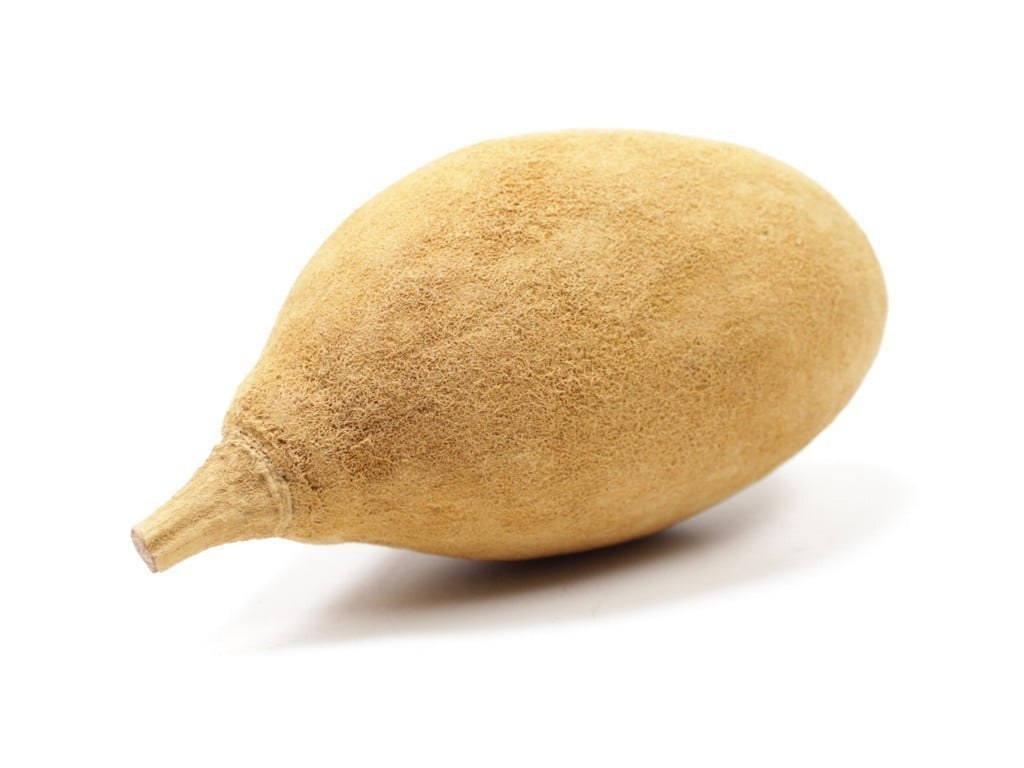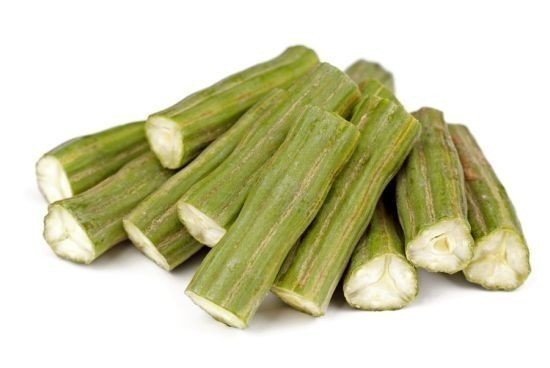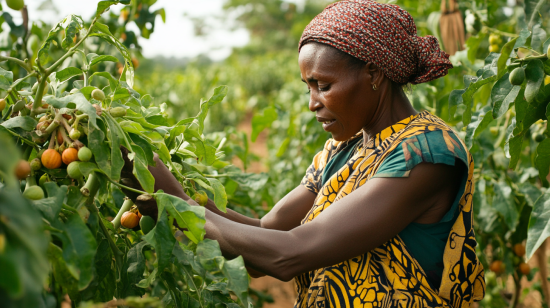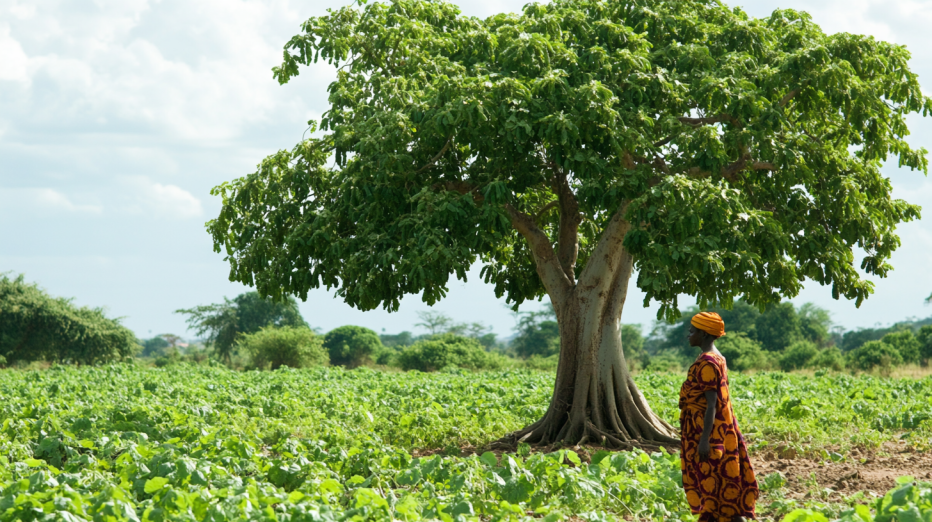In African agriculture’s vast and varied landscape, two plants stand out for their resilience and utility: the Baobab and Moringa. These plants are not merely crops; they are cornerstones of their ecosystems and key to the livelihoods of many communities. This article delves into the sustainable harvesting practices essential for these plants, focusing on environmental preservation and economic viability.
The Baobab: Africa’s Iconic Tree
Significance and Sustainability
The Baobab tree, often considered a symbol of life in regions of Africa, holds meaning. It represents more than a plant; it embodies the essence of existence. Ensuring the sustainability of Baobab harvesting relies on respecting its cycle and its vital role within local ecosystems.
Approaches to Harvesting
Baobab harvesting entails selecting and gathering its fruits and leaves staggered. This method ensures that the tree continues flourishing while supporting the wildlife that relies on it.

Baobab seed oil
BAOBAB OIL, COLD PRESSED is gaining increasing popularity thanks to its regenerative properties. It’s ideal for daily hair and skin care.
Involvement of Local Communities
Engaging local communities is crucial for Baobab harvesting. By involving them in the process, we can blend wisdom with sustainable practices, fostering a sense of ownership and responsibility towards preserving the Baobab tree.
Moringa: The Nutrient Powerhouse
Harvesting for Long-Term Sustainability
Moringa, renowned for its value, has earned the nickname ‘Miracle Tree’. Preserving the health and productivity of Moringa relies on harvesting practices. This entails trimming and harvesting methods that allow the tree to regrow and continue supplying its leaves and pods.
Financial Advantages
Sustainable Moringa harvesting not only benefits the environment but also brings economic gains. It offers an income source for farmers, ensuring they are not compelled to engage in activities that would result in tree exploitation.

Moringa seed oil
Moringa seed oil contains oleic acid, omega – 3,6,9 acids and vitamins E and A. Moringa is a tree that grows in India and isn’t particularly popular in Europe. It can be applied on skin and hair to moisturize and regenerate them.
Challenges in Sustainable Harvesting
Recognizing the Problems
Even though sustainable harvesting brings advantages, obstacles hinder its comprehensive scale implementation. These obstacles encompass a lack of awareness regarding practice training for farmers and economic pressures that promote excessive harvesting.
Proposed Measures and Approaches
To tackle these challenges effectively, it is crucial to prioritize education and training. Farmers must grasp the enduring economic merits associated with practices. Governments and NGOs can also provide incentives and support to foster adherence to harvesting methods.
Policies and Regulations
Guidelines, for Implementation
It is essential to have policies and regulations to ensure Baobab and Moringa’s harvesting. This involves setting quotas monitoring the methods used for harvesting and providing assistance for adopting practices.
Collaboration, at an International Level
International cooperation can significantly contribute to the promotion of harvesting. By exchanging knowledge sharing resources and adopting practices, countries can collectively strive towards preserving these species.

Environmental Impact
Preserving Ecosystems
It is crucial to implement harvesting practices to maintain the equilibrium of the ecosystems where Baobab and Moringa thrive. This not only safeguards these plants but also protects the diverse species that rely on them.
Addressing Climate Change
Furthermore, these trees play a role in mitigating climate change. By practising harvesting we ensure that these essential carbon sinks remain undisturbed actively supporting initiatives to combat the impacts of climate change.
Conclusion
In conclusion, the sustainable harvesting of Baobab and Moringa is a vital practice, integral to African agriculture’s ecological and economic fabric. It transcends the mere preservation of species, encompassing broader goals of environmental balance, community support, and a sustainable future. Adopting these practices ensures the survival of these crucial plants and the myriad of lives intertwined with them. As we progress, it becomes increasingly clear that the future of agriculture in Africa, and indeed the world, hinges on our ability to harmonize our needs with the natural rhythms of our planet.
References
Khoja, K. K., Aslam, M. F., Sharp, P. A., & Latunde-Dada, G. O. (2021). In vitro bioaccessibility and bioavailability of iron from fenugreek, Baobab and Moringa. Food Chemistry, 335, 127671.
Affonfere, M., Chadare, F. J., Madode, Y. E., Nago, E. S. H., Houndji, S., & Azokpota, P. (2016). Formulation of infant foods fortified with baobab fruit pulp and moringa leaf powder for children under five. In Fifth African Higher Education Week and RUFORUM Biennial Conference 2016,” Linking agricultural universities with civil society, the private sector, governments and other stakeholders in support of agricultural development in Africa”, Cape Town, South Africa, 17-21 October 2016 (pp. 969-977). RUFORUM.
Adesina, J. A., & Zhu, J. (2022). A review of the geographical distribution, indigenous benefits and conservation of African baobab (Adansonia digitata L.) tree in sub-Saharan Africa.
Agoyi, E. E., Assogbadjo, A. E., Gouwakinnou, G., Okou, F. A., & Sinsin, B. (2014). Ethnobotanical Assessment of Moringa oleifera Lam. in Southern Benin (West Africa). Ethnobotany Research and Applications, 12, 551-560.


